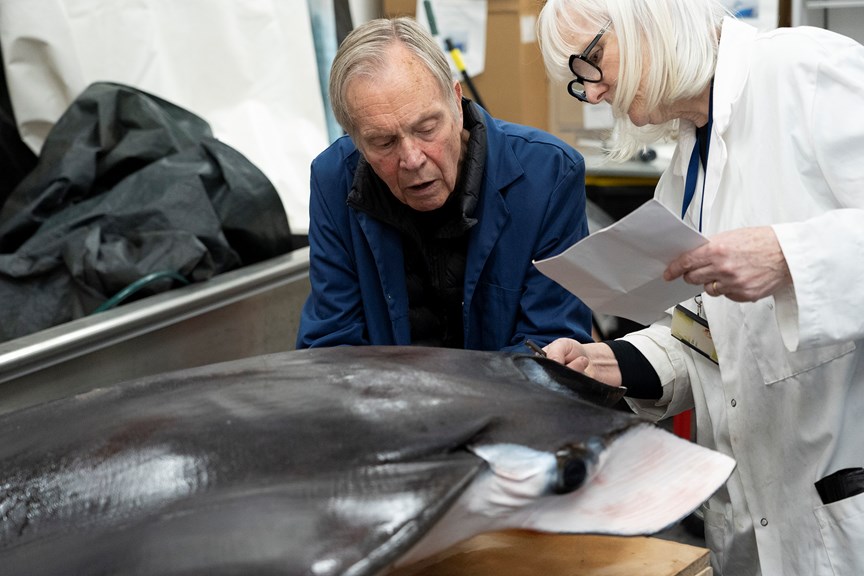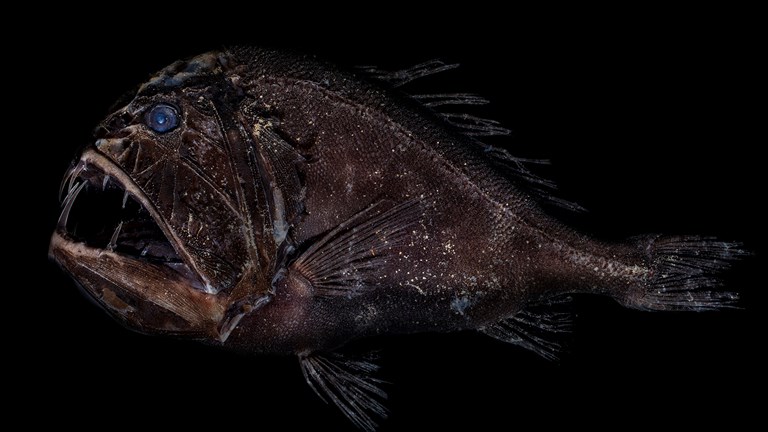A Japanese Devilray, far from home
The first Victorian record of the Japanese Devilray, ordinarily a tropical species, found in Melbourne. Now part of the museum’s marine science collection.
Japanese Devilrays are true icons of the world’s tropics.
These magnificent fishes (also known as giant devilrays, devil fishes, or manta rays) are an evolutionary endpoint occupying a unique aquatic niche shared with the better-known Whale Shark, both making a living filtering the clear rich waters for the tiny animals that provide their sole sustenance.
All members of the family Mobulidae usually shun the cold southern waters, although with global warming individuals have been recorded farther and farther south along the coastlines on both sides of the Australian continent, assisted by the southern flowing major currents of both oceans.
Among the largest is the globally distributed Japanese Devilray (Mobula mobular) with verified records reaching as far south on Australia’s east coast to Montague Island, off southern New South Wales—that is, until 2020.
As with all things, the real opportunities invariably arise when one is least placed to take advantage of them.
On 14 April 2020, just as coronavirus cases in Victoria were skyrocketing, word got out that a big ‘ray’ was in Port Phillip Bay having made its way to Melbourne’s eastern seaside suburb of Brighton.
Unable to save the beached devilray, members of Zoos Victoria’s Marine Response Unit called Museums Victoria’s senior collection manager Dianne Bray, who informed them it was certainly significant and the museum was keen to recover it.
Commercial and recreational fishers have reported sightings of mantas in Bass Strait in recent years, but this was the first firm evidence of a member of the family occurring anywhere along Australia’s southern coast.
Obliging zoo staff ably muscled the two-metre-wide animal into their recovery vehicle and delivered it to the Melbourne Museum, where it was placed in the museum’s walk-in freezer to await the end of lockdown when it could be properly processed.
Little did anyone realise that would be more than a year later.
So, when staff returned to the museum in May 2021 it was decided that the animal would be preserved, not only as a permanent record of another Victorian species but also as a digital model.
With the assistance of the museum’s ultra-capable band of preparators, the still frozen ray was removed from the freezer and allowed to partially defrost.
The museum’s head of media production, John Broomfield, used a hand-held 3D surface scanner to record the upper and lower sides of the animal before digitally stitching the model together.
It’s a wonderful, modern addition to the museum’s traditional preservation methods because these virtual models can be easily made available to the wider public.
It can also be reproduced as a 3D printed physical model and put on display, as if swimming in its natural environment.
After scanning, the specimen was left thaw completely before being placed into a large preservation tank where it was injected with formalin and completely submerged in 10% formalin solution.
After preservation, the Japanese Devilray was transferred to 70% ethanol and relocated to the museum’s fish collection as a scientific specimen.












